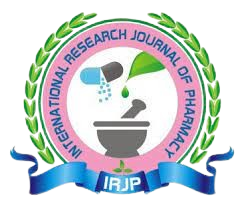Characterization and speciation of fungal isolates of different clinical samples from a teritiary care centre, Hyderabad.
DOI:
https://doi.org/10.56802/naajy705Keywords:
fungal speciation, KOH, culture, samples, seasonal variationAbstract
Fungal infections are major health concern, especially in critically ill and immunocompromised patients. This study was conducted to understand the pattern and seasonal trends of fungal infections at tertiary care Hospital, Telangana, over a period of one year from January to
December 2023. A total of 1032 clinical samples were collected from OPD and IPD patients. All samples were examined using KOH microscopy, followed by fungal culture on SDA and other differential media.
Results: Out of 1032 samples, 152 (14.72%) were positive on KOH microscopy, and 118 (77.63%) were culture positive. Fungal infections were more common in males (n=72) than females (n=46), with highest number of cases in 21–40-year age group. Most infections occurred during winter, November to February. Skin samples had highest positivity (22.88%), followed by nail (19.49%), nasal cavity (13.56%), sinus (12.71%), biopsy (11.02%), polypoidal mass (5.93%), lung tissue (3.39%), hair and ear canal (2.54% each), BAL and sputum (1.69% each), and FESS, oral swabs, and tonsils (0.85% each). A total of 25 different fungal species were isolated. The most common were Aspergillus flavus and A. niger (11.86% each), followed by A. fumigatus (10.17%). Among dermatophytes, Trichophyton rubrum (9.32%) was most common, followed by T. tonsurans, T. mentagrophytes, and Microsporum gypseum. Other fungi included Candida albicans, Candida tropicalis, Penicillium, Fusarium, Mucor, Malassezia, and others in smaller numbers.
Conclusion: This study highlights the wide range and seasonal pattern of fungal infections. Early detection through microscopy and culture helps in starting appropriate antifungal treatment and reducing unnecessary antibiotic use.








